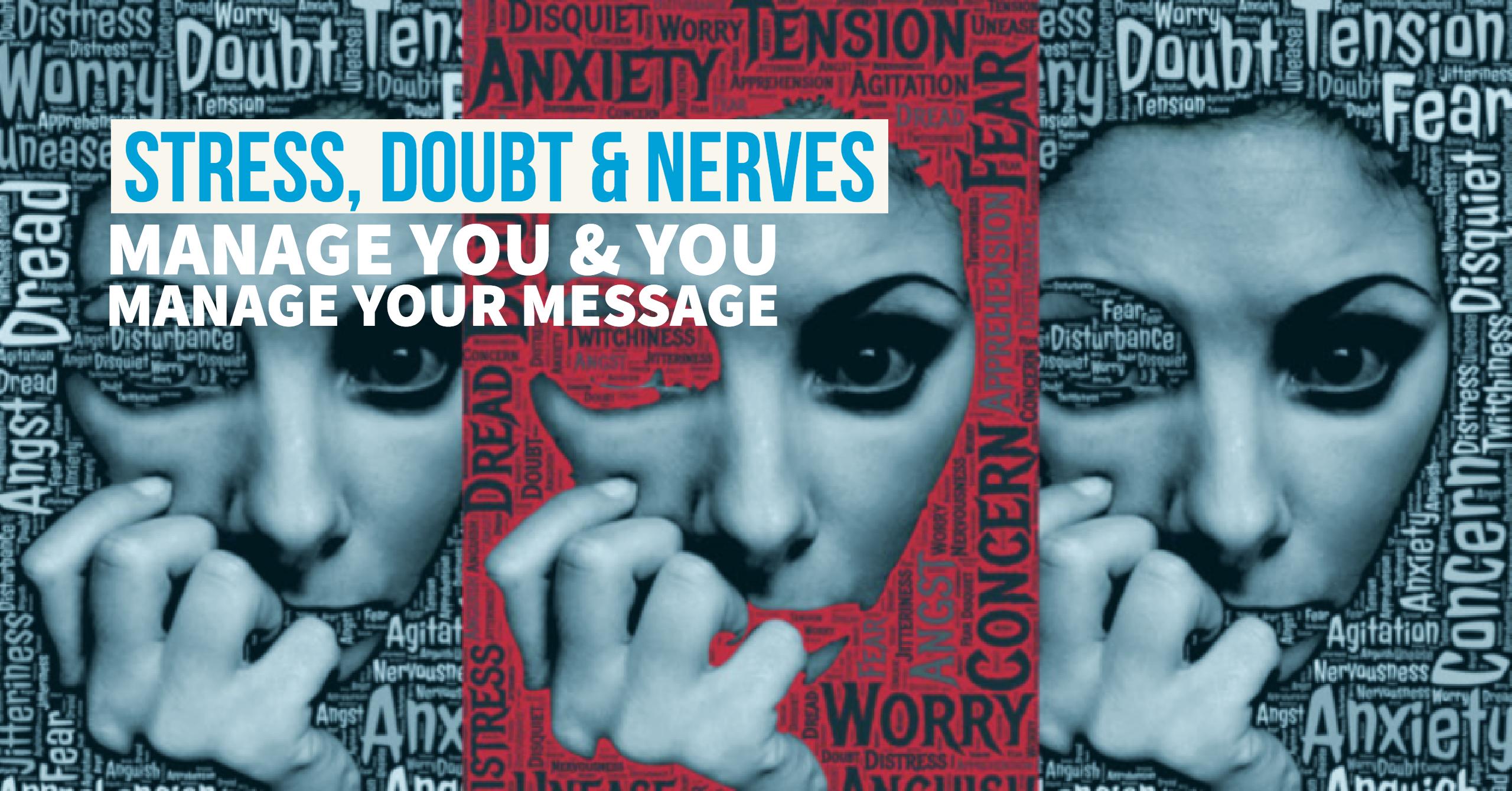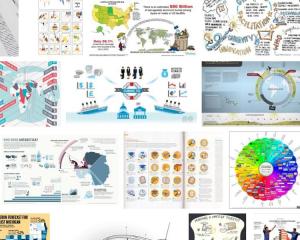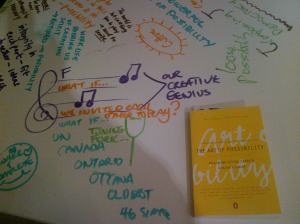
Nerves are the most common obstacles to the successful delivery of messages. Managing them can often make a difference in how your message is received. The trick is to acknowledge your nerves. If you are feeling a little nervous before a meeting, you may want to take something to settle your stomach. Sometimes eating a few soda crackers does the trick, while other people find using chamomile or mint tea may work best. Have a breath mint in case your nerves set off a case of bad breath. Don’t have that extra cup of coffee or caffeinated soda, it will only add to your overall jumpiness. Whatever you do, don’t pop a piece of chewing gum in your mouth, not only can it make any nausea you are feeling worst, you may also find yourself chomping away unattractively. If you can’t seem to shake your nerves, tell the people that you are meeting with or presenting to that you are a bit nervous. They are human and can relate to nerves and what’s more, they will generally work to put you at your ease.
If that won’t work, try some of these calming tips:
- Do some deep breathing exercises, shoulder roles and neck stretches.
- If your face tends to go red when you are nervous, consider wearing a red or bright shirt to offset your face.
- Keep your food intake to simple non-fatty foods.
- Never drink alcohol before a meeting.
- Avoid taking medication that will make you drowsy.
- Visualize yourself speaking, imagine yourself confident and assured.
- Realize that people want you to succeed; they want a good meeting as well.
- Forget about yourself, the audience is not meeting with you to see YOU, they want to hear your message so focus on your message not you.
- Try to think ahead of all the possible questions you may be asked.
- Be yourself, be genuine and natural.
- Bring cheat notes for yourself in case your mind goes blank.
Keep in mind that all of the adrenaline moving through your system can be used to your advantage. With the extra energy, you are producing you can add passion and excitement to your discussion. If you have done your homework then you are operating at an advantage. You know your audience because you have researched them, you know your presentation content because you have practised it. You have briefed the participants about what you will be discussing so there are no surprises because surprises at work are a bad idea. In short, you are prepared for the meeting/presentation.
So now that you’re calm enough to string together a sentence, keep in mind a few things. Little things can easily distract you and others, so don’t do anything that will take away from your message. Wear clothes that are neat and tidy but most of all comfortable. Don’t get caught having to adjust a too tight tie throughout a meeting. Continuously adjusting your tie can turn into a nervous habit that is distracting and has the additional side effect of making you look like a liar…or a bad Rodney Dangerfield impersonator.
If you have a series of meetings on the same day, wear sensible shoes. Stumbling into the arms of an unsuspecting colleague because the heels on your shoes are too high or your shoes are too tight and your toes have gone numb won’t help you to focus on your issues. Falling flat on your face isn’t exactly going to put you in the right frame of mind either.
Make sure your clothes don’t detract from your message. It would be unfortunate if, after taking the time to craft a smart message, the only thing your audience can remember is a low cut blouse or a shirt so loud it should have come with ear plugs.
Bring tissues. There is nothing more distracting than a runny nose. Not only will you start to sound like a bloodhound on the trail of a fox, but your sniffling will distract you and everyone else in the meeting. On a similar line, avoid strong perfume or a heavy aftershave. No matter how appealing the scent, in a small enclosed space it can be too much of a good thing. There are also people with sensitivities or allergies to scent and a brief whiff of a strong cologne can give them a vicious headache or other unpleasant side effects.
A friend of mine was recently telling me about a colleague who had a violent reaction to the smell of chocolate. Her reaction was so strong that one day when someone accidentally brought it into her space, she took one whiff and was out of commission for three days. Talk about leaving a lasting impression.
My best tip? Try to remember that you are in charge of your message and if you deliver it with confidence, then that’s how it will be received.
Do you have any memorable first impressions or meetings that have gone wrong or right stories to share? I’d love to hear them.
Related articles
- Handling Hecklers (commstorm.com)





